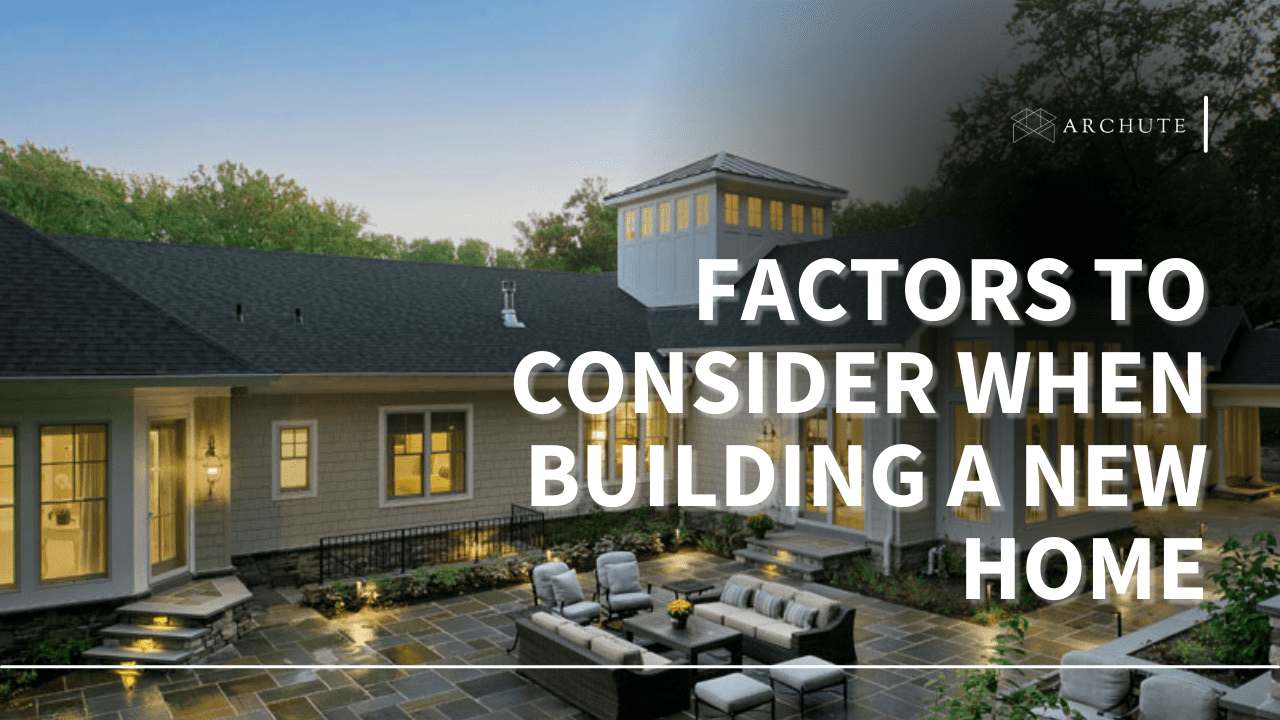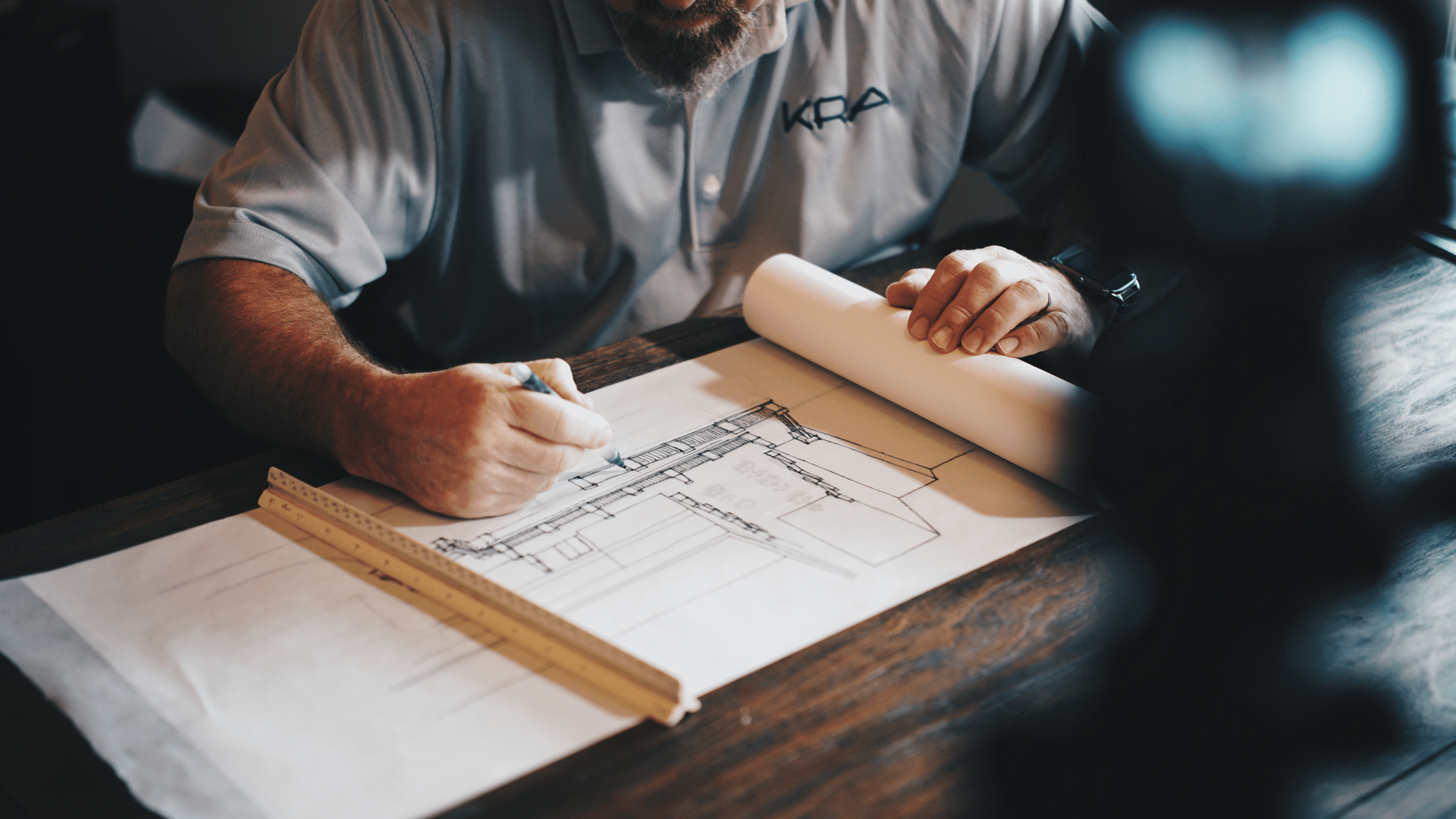Are you looking forward to constructing a new house, turning it into your home, and then taking deliberate steps towards designing the perfect space that meets your exact individual requirements? As it is, home is the where you spend most of your time with your family and where you get away from a stressful day's work. Now once you have made up your mind to construct your dream home, let us give you a list of top ten essentials needed when building a house. Let’s get to it.
1. Ready Made Or Original Design
When you decide to build a house, one of the choices you will grapple with will be to choose between a ready-made design or something special with an original design. If you check out designs and construction photos on sites like Getty Images, you will gauge the process and how the home looks.
You should get some professional opinions from people who have purchased a new home, both from original designs and prebuilt homes. You can also check discussion boards and forums for advice, tips, and information that can help you decide on the type of home to buy.
Costerion is one of the online companies that can work with your local architect to help with specific requirements in terms of space, planning, and the appearance of your house.
For original designs, some plots of land with an unusual shape or size will require a lot of attention. You will need to work with an architect who understands your needs and listens to every creative detail to start your home-building process. While an original design can cost more than a prebuilt design, your house will be original and a space you can really relax and entertain in, and best of all – call home.
2. Understanding Your Own Unique Needs
Creating a checklist of ideas and deciding on important must-haves for any new project is crucial for your home to feel like home. Communicate with your architect and receive some advice or assessment on your scheme. The size will be one of the factors to consider since it should be adequate for the number of people who will live there.
Everyone wants and needs their own space. Get ideas from the architect in order to avoid costly mistakes like having excess rooms that make the house more expensive to maintain and build. If you work from your own home, add that executive study to cut business expenses. Also, position it where you can have a quiet space that will inspire new ideas and strategies.
Plan on having friends and family over for long luxurious weekends? Consider adding guest bedrooms to accommodate them comfortably. Utilities like the laundry room, pantry, garage space, storage space, charging stations, basements, or sunrooms for extra entertaining space are also necessary.
3. Planning Your Space
When planning your space, there are some basic principles to consider. It is desirable for the living room and dining room to be on the south or southwest side of your property. Please note that these spaces will be a place where you will use the most of your time, therefore natural illumination is extremely important in these areas. South and southwest is usually the best sunlight positions.
Add the largest windows to these areas of your home to make use of solar panels which will head the interior and make way for the garden. Think about this, depending on where you build your own home in the world, you can potentially save up to 20% with the use of solar energy.
Other factors to consider would be to divide your house into zones. The day zone, or spaces you generally use during daytime hours, can consist of a living room, dining room, kitchen, office, guest bedrooms, and bathrooms. Design your home so that these areas are separate from the night zone, master bedroom, adjoining baths, and walk-in closets.
Kid's bedrooms, family baths, and play areas for the kids can also be considered part of the night zone in the home. A home gym and recreation areas are also modern conveniences in the design. Finally, there should be easy communication zones so that members of the household can still feel connected while
4. Getting The Right Materials
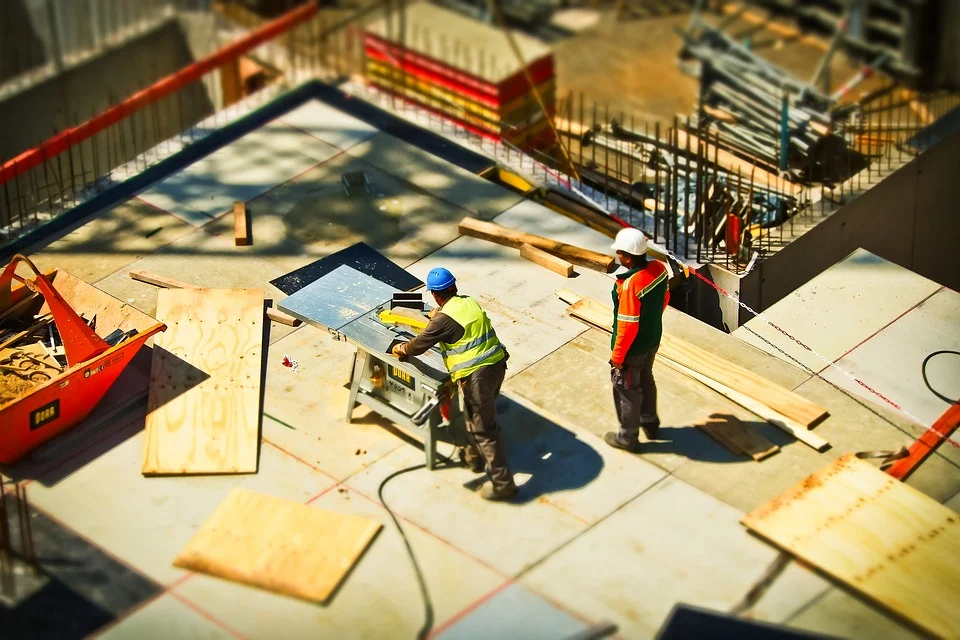
Material choice is a key determinant factor in design. A quality home must be able to stand the test of time, be durable, and of course properly constructed. Consider a wide range of construction technologies in terms of the availability options. You can choose ceramics, insulated concrete, wood (including wood beams that look like they adorn the house), light fixtures, paint colors or any expensive material of your choosing. Besides, you will use the most of prefab parts that will be financially right and also save you construction time.
The right building material's use is another aspect of the energy efficiency. An environmentally efficient home would spare you plenty of time and money in the future because of its ability to keep the house warm and cool while using minimum energy. So, utility costs will drop.
Mineral wool, foamed polystyrene, or polyurethane foam are examples of some possible insulation materials. Material minimizing and selecting among the best in a particular category is important.
If you are building your home, the materials with which it will be made would affect its acoustics. Since noise can cause harm to your health, you need to make sure you provide the required care and insulate your home for noise. You would not be happy if you were interrupted in your house by echoes.
For this purpose, visit Costhack.com about John Deere Company, which is a reliable and trusty name in the field of agriculture, construction & landscaping industries.
Well, insulated rooms create a sense of privacy. Every person in your home will appreciate the peace and quiet.
5. Lighting And Automation
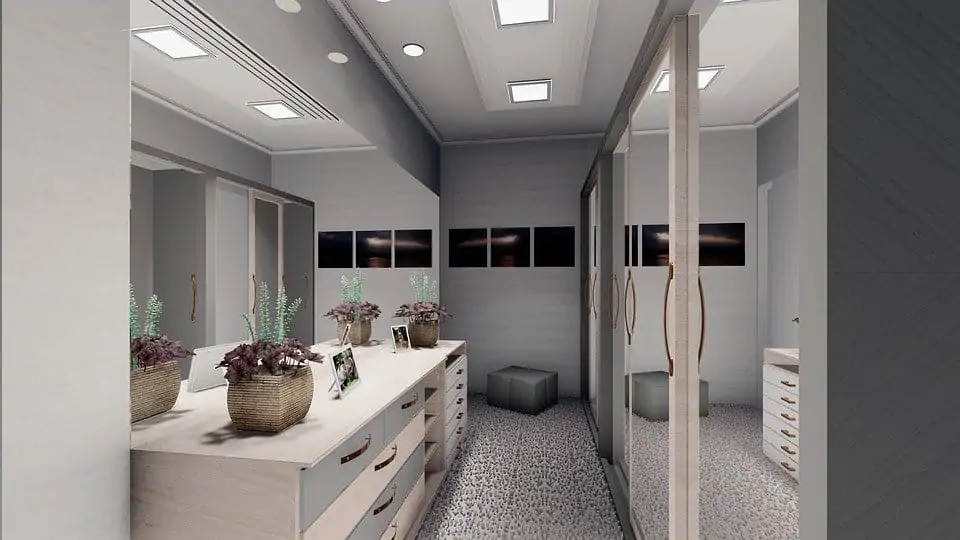
Having the correct light installations is integral to adding a special touch and some warmth to your home. Effectively illuminated elements of the house bring out the beauty and charm of the architecture, creating an atmosphere to be desired. Lights add a special ambiance to a garden, allowing you to admire and enjoy the landscaping in the evening. To keep your home safe, lighted driveways and garage space provide much-needed help.
When designed, a modern house should consider the addition of smart home elements by adding smart devices. Modern building management systems help optimize energy consumption by controlling the central heating system, air conditioning, heating elements in the floors, sprinklers, blinds, and even light and alarm systems. These amazing technological advancements have allowed people to remotely manage their homes and give a sense of added home security and a homely feeling – even when you’re away.
Energy efficiency and a degree of independence from the power grid using photovoltaics can help to save the environment and lower or eliminate your utility bills. Although this technology requires an initial investment, it will definitely pay off.
6. Set A Budget
Now that you already know what your needs and wants are, it’s time to talk about money. Research how much each item will cost you using your checklist, then determine if you can afford it. Remember to include the property taxes, online insurance, and any down payments you need to make, and factor in labor and materials costs you will need to spend.
This is a great place to figure out priorities and move some things to your wish list if you are working with a limited budget. Alternatively, you can talk to your bank about a construction loan so you pay all bases. A construction mortgage may, however, not cover the following costs:
- Fencing
- Furnishing
- Driveways
- Your down payment
- Decking
- Internet any media wiring
- Landscaping
- Window covering
- Three car garage
- Any upgrade deemed as excess
In our building experience, we recommend having three major building budgets. These are;
A). Your Building Budget
This budget typically covers your down payment and land and construction mortgage costs. Remember, the average cost of building a home is between $100 and $300, depending on how much customization you need. Your architect will easily advise on the specific cost.
B). Your Furnishing Budget
Obviously, after building a house, you want to ensure the furnishing matches your new design, feel, and style. These include sofas, window covering, cabinet features, decorations, and much more. The cost can quickly add up, so plan for this.
C). Finishing Budget
Once your builder has done their magic, you will have a lot full of dirt, which obviously can’t stay in your dream house. You need to work on the driveway, landscaping, solar panels, fencing, and probably add a deck. All these costs make a huge difference.
7. Hire An Architect
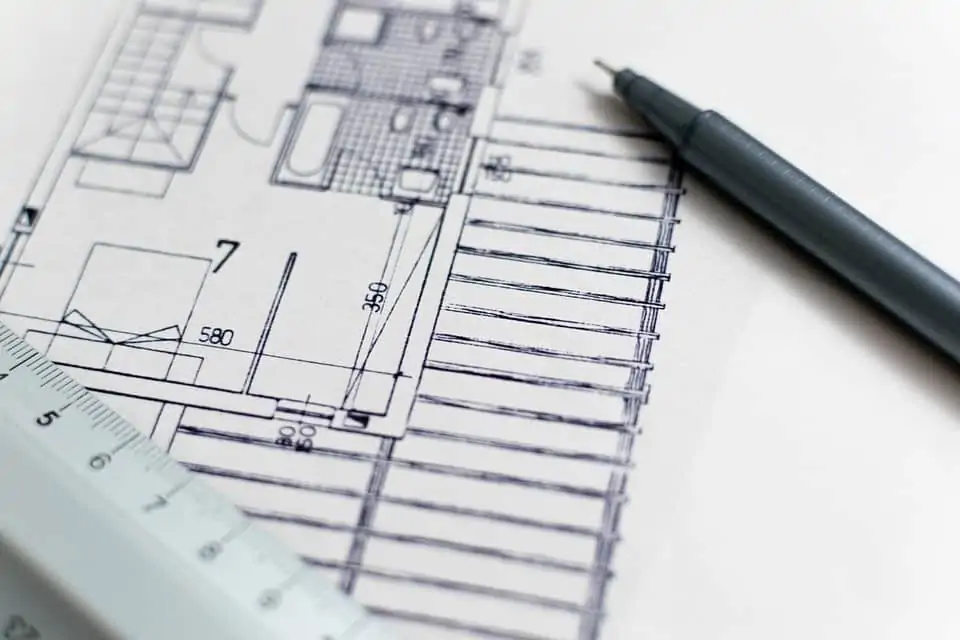
This is perhaps the most crucial person in the construction process because they bring everything to life. First, you need to discuss the project with them so they can develop the drawings, floor plans, and cost estimations. Also, they will help you when hiring a contractor, electrician, plumber, and the rest of the team during the contract stage. They will look at the building site and work with the custom home builder to determine the product cost, and advise on the fixtures and finishes, among other duties. Think of an architect as the project manager.
With so much to handle, picking the right architect is crucial, or your project will fall apart. So, what should you consider when picking one?
- Determine the services you need – think about it. Would you like them to handle everything from planning, permits, interior design, power outlets, select furniture, landscaping, and everything in between, or would you prefer to take on some of the roles?
- Research their specialization – all architects are qualified to handle residential buildings, but most will specialize in different areas since the industry is broad. Since this is your dream house, only work with an architect with substantial experience designing a residential custom home. Although you may hire a real estate agent to sell your home later, you want your stay here to be everything you’ve ever imagined.
- Check their region – we get it. Many homeowners may want to fly in a friend or relative who is an architect to help with a project, but there is an advantage to working with your local architect. First, they know the area pretty well, which means navigating permits and passes will be easy. Also, they understand the soil type and other geolocation data, meaning they know the best materials to use and where to source them for the right price.
- Check their portfolio – you likely already know the style you are inclining towards. Check the architect’s portfolio to see if they have handled a similar project in their past work. Most architects will have handled different styles, but some specialize in specific designs. Make sure the architect your plan to work with gravitates toward your style.
- Ask for references – a flashy website and portfolio give you a great first impression, but what gives you absolute confidence in talking with past clients? References will tell you about the good, the bad, and the ugly, so you know exactly the builder you will be working with. Also, check online for reviews, as most architects will have a Google My Business page and be on other social media platforms where people leave reviews.
- Meet the architect – a dream home is a personal project with tons of features to include. Like in other real estate deals, first, meet the architect for a quick chat so you can ask questions. This allows you to gauge their expertise first-hand and gauge interpersonal skills. Remember, you will interact with them weekly, so it’s vital to see if their services and persona align with yours.
8. Understand Government Regulations
Every location has building rules and regulations that must be followed, commonly referred to as building codes. These range from the materials to the paint colors you can use. In most states, you must also meet specific safety measures before construction begins. Building codes generally govern structures' design, alterations, and maintenance within a given area. They give the minimum requirements builders must meet and safeguard building occupants' health, safety, and welfare.
So, knowing which regulations you should follow makes it easy to avoid hefty penalties that could derail your project by straining your budget. It’s always best to apply for the required government approvals, follow the right processes, and abide by all rules. Although your architect can handle all these for you, it’s wise to know what’s needed so you aren’t clueless and surprised later.
That’s not all. Read through the contracts you have with your builder and understand all details included. Keep an eye on the payment schedule so you aren’t caught off-guard. Also, note the construction schedule so you plan and avoid surprises. Ask your lawyer to read and interpret the contracts if the terms are too complicated.
9. Think About Resale
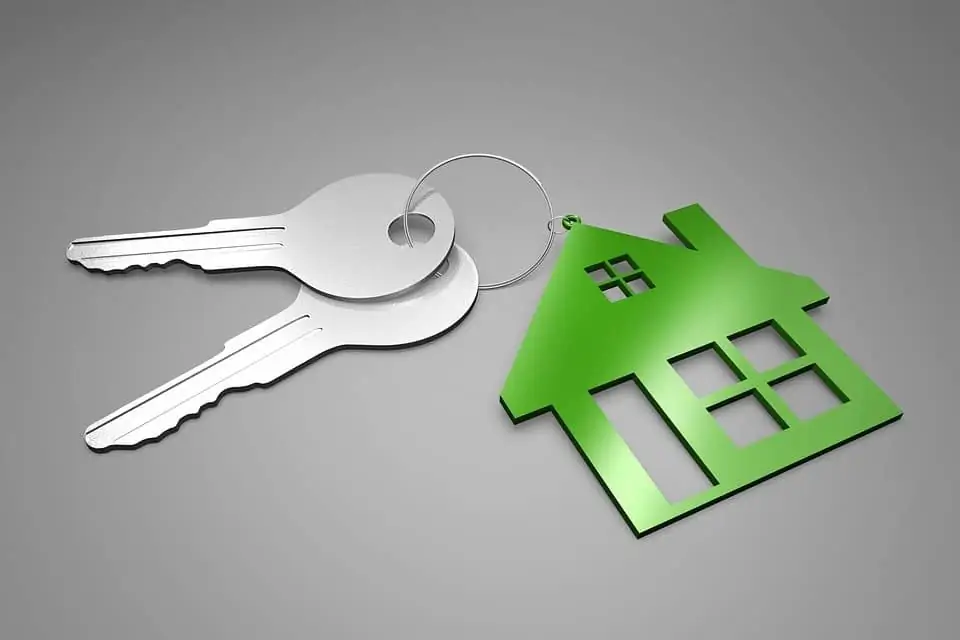
As a custom home builder, selling is obviously not on top of your mind when starting the building process. However, you can’t afford to ignore the real estate industry because life is unpredictable. You may need to relocate for work, so you should have every advantage when you decide to sell. Before you start building a home, consult a real estate agent and understand the custom homes market in your area. Talk about the resale value of the type of home you want to build, how much land you should spare for the yard and other things homeowners look for when buying an existing home.
This information will help you avoid unnecessary upgrades that will overprice your house. Also, you won’t necessarily choose anything out of the ordinary but go for more functional spaces. Think of a functional kitchen, enough storage spaces, the bathroom, the right flooring, and even the floor plans, which tend to attract home buyers. However, this doesn’t mean you won’t get anything you wished for. You will still live in this house, probably for a long time, so cut yourself some slack and install a few things you really want.
10. Cater For Hidden Costs
Now that you have your land, and house designs, hired the right people, and are ready to start building a house, it’s time the rubber hit the road. But, before that, set aside a buffer account. Like remodeling an existing home, things could sound real fast during home construction. Start by providing all the necessary materials, including a constant water and electricity supply. Usually, cost overruns result from inaccurate project estimates, significant design errors, change orders that weren’t planned for, poor site management, and not hiring the right team.
As you plan on saving money, remember that your needs may change during construction, so set aside money for that. Your architect and contractor should ensure everyone uses the updated plans and that adjustments are made in real time.
Conclusion on the Things To Consider When Building A New House
A lot goes into building a house. As you think about building materials, going green to save on utility bills, land purchase prices, and floor plans, remember to keep stress at bay by being excited about your new home. Think about soaking up in your new tab or enjoying the yard with your friends. This way, you will remain excited about the project and focus on finally living in your dream home.
Frequently Asked Questions About the Things To Consider When Building A New House
1. Is It Cheap To Build A New Home?
In 2019, the average cost of constructing a new house was 485,000 dollars, meanwhile buying a snew house cost around 309,000. The cost of a building residential house is no doubt not low. Nevertheless, it is the opportunity to personalize things and make it fit your taste and style, to stay in charge of the building and, for example, regarding the energy efficiency, from the start.
2. Where Do You Start When Building A New Home?
The first stage of the whole process is planning, which you must begin with. This is often the step where you ponder your own lifestyle, make a budget, do research, and choose service providers and individuals whom you want to invite. This can also include the paperwork to be completed and the permits you will need to acquire.
3. How Much Does It Cost To Build A Dream House?
The construction cost ranges from $100 to $155 per square meter. The total price you will pay will depend on what size of a house you want to build and what features you will include. Averagely, home-owners' spent $155,000 to $ 416,250 over the past years to complete the building of their homes.

